Why Bicycles Should Not Be on The Highway
Introduction
Bicycles are a popular mode of transportation, offering environmental benefits and a great way to stay fit. However, when it comes to highway travel, bicycles and motor vehicles are an uneasy mix.
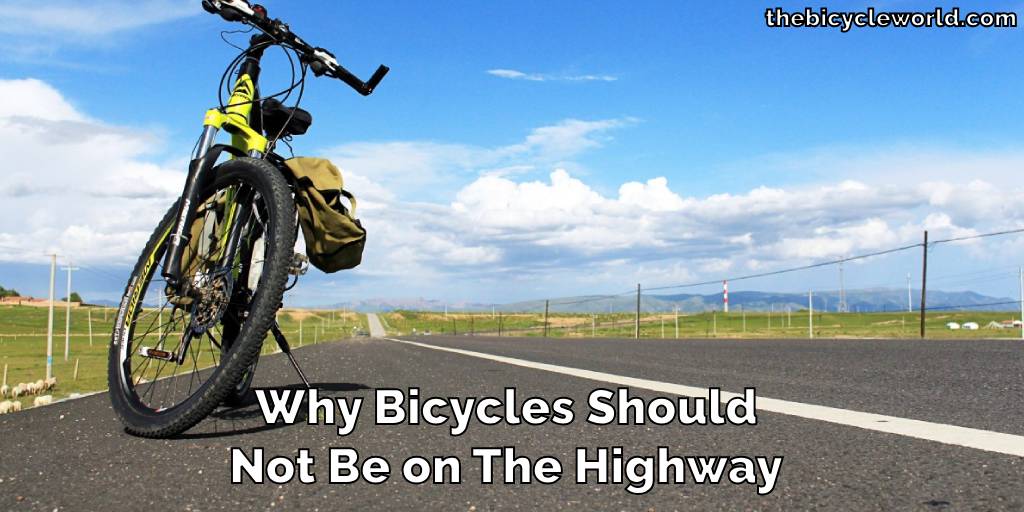
The question of whether bicycles should be on highways is more than a matter of convenience it’s about safety and practicality.
In this article, we jump into the reasons why bicycles should not be on the highway, exploring the risks involved and the legalities of bicycles on these fast-moving roads.
Why Bicycles Should Not Be on The Highway
Bicycling is a popular and environmentally friendly way to travel, but when it comes to highways, it’s a different story. Here are the key reasons why bicycles and highways are not a good match
1. Significant Speed Difference
One of the primary concerns with bicycles on highways is the substantial speed difference between bicycles and motor vehicles. Cars and trucks on highways are designed to travel at high speeds for long distances, while bicycles, being human-powered, move much slower.
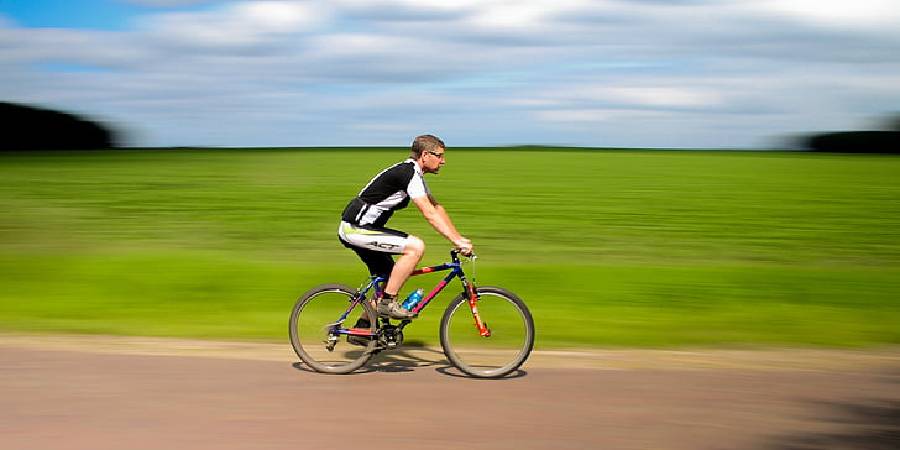
This discrepancy can lead to risky situations, as faster vehicles might need to suddenly slow down or change lanes to avoid cyclists, increasing the potential for accidents.
2. Highway Design Limitations
Highways are typically designed for motor vehicles, not bicycles. This lack of consideration means that safety features for cyclists, like bike lanes or sufficient shoulder space, are usually missing. Consequently, cyclists have to share lanes with fast-moving vehicles, which is unsafe, especially in high-traffic areas or where visibility is compromised.
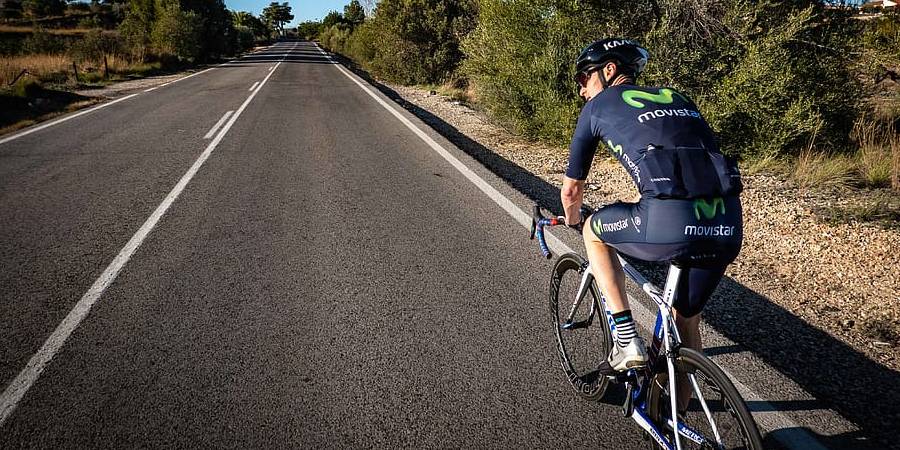
3. Visibility Challenges
Cyclists are inherently smaller and less visible compared to cars and trucks. This reduced visibility becomes a significant issue, particularly in poor weather conditions or during nighttime. The chances of cyclists being unnoticed by motor vehicle drivers are considerably higher under these conditions.
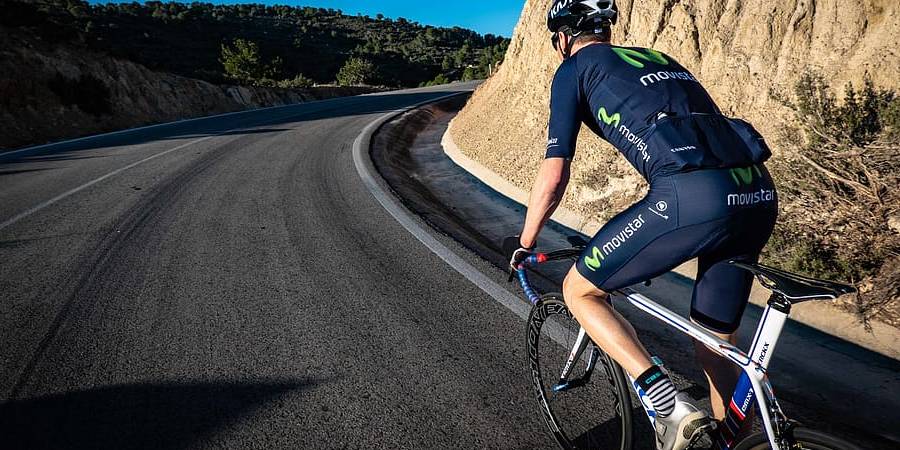
4. Lack of Protective Features
Bicycles do not have protective structures like seat belts, airbags, and a metal frame, which are standard in cars. In case of a collision, a cyclist is more exposed to the risk of severe injuries due to the lack of these safety features.
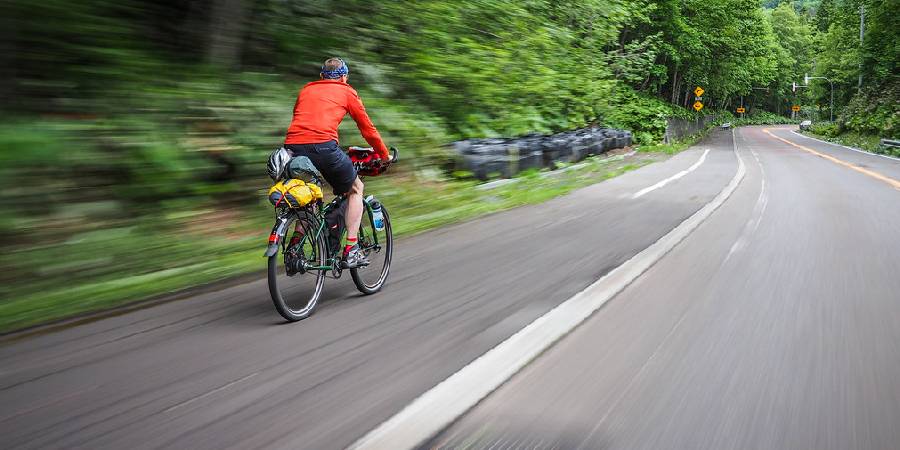
5. Overwhelming Environment
The noise and high-speed environment of a highway can be daunting for cyclists. Maintaining awareness and reacting swiftly to potential dangers can be challenging amidst the constant flow of high-speed traffic.
6. Emergency Situations
Cyclists on highways are also at a disadvantage during emergencies, such as mechanical failures or tire punctures. These incidents can leave them stranded in hazardous locations, far from assistance, and exposed to fast-moving traffic.
While cycling has its benefits, highways present a unique set of challenges and dangers for bicycles. The combination of high speeds, lack of proper infrastructure, reduced visibility, and increased vulnerability makes highways an unsuitable and unsafe environment for cyclists. The safety of all road users needs to understand and respect these limitations.
What Are the Dangers of Cycling on the Road?
The main risk for cyclists on highways is the speed difference between bicycles and cars. This can cause accidents as drivers might not expect or see a slower-moving cyclist. Bicycles, unlike cars, don’t have protective features like airbags, making cyclists more vulnerable to collisions.
Additionally, the design of highways does not favor bicycles. These roads lack bike lanes and have limited space on the shoulder, forcing cyclists to ride near fast-moving traffic. Cyclists on highways also struggle with visibility issues, especially during bad weather or at night.
The noise and speed of traffic can overwhelm cyclists, reducing their ability to react to dangers. Furthermore, the chance of tire damage from road debris is higher on highways, potentially leaving cyclists stranded in risky situations.
Can a Bike Go on the Highway?
Whether bikes are allowed on highways depends on the laws of each area. In many places, riding a bicycle on a highway is not allowed due to safety concerns. Highways are fast-paced and busy, which can be dangerous for cyclists who are more exposed and slower than other vehicles.
In regions where bicycles are allowed on highways, there are usually strict rules that cyclists need to follow. These rules are there to keep everyone safe. They might include using certain parts of the highway, like the far right lane, or having proper lights and reflective gear for visibility.
Cyclists need to know and follow these rules to reduce the chances of accidents. In some areas, special bike paths run alongside or near highways, providing a safer alternative for cyclists. These paths are designed for bikes, keeping them away from fast-moving highway traffic.
Before deciding to ride on a highway, it’s a good idea for cyclists to check the local laws and understand the specific rules and risks involved in their area.
Safety Tips While Riding Bicycle on Highway
Riding a bicycle on the highway comes with unique challenges. To stay safe in such fast-paced environments, it’s crucial to follow certain safety practices. Here are some essential tips to help you ride more safely on highways:
- Wear a Helmet: It’s vital to wear a helmet for head protection in case of falls or collisions.
- Reflective Clothing: Wear clothing that reflects light to make yourself more visible to drivers, especially during dawn, dusk, and nighttime.
- Understand Local Traffic Laws: Know and follow the traffic rules of the area you’re cycling in.
- Use Bike Lights: Install lights on your bicycle to ensure you’re seen in low-light conditions.
- Ride Predictably: Keep a consistent path and speed to avoid surprising vehicle drivers.
- Hand Signals: Signal your turns or stops to inform drivers of your intentions.
- Avoid Distractions: Stay alert and avoid using devices that could distract you, like phones or music players.
- Keep a Safe Distance: Maintain a good distance from vehicles, particularly large ones with blind spots.
- Plan Your Route: Choose the safest route and avoid high-traffic times if possible.
- Carry Emergency Tools: Have a basic repair kit and an extra tire for unexpected issues.
- Stay Hydrated: Always carry water, especially on long rides.
While highways can be daunting for cyclists, following these safety tips can greatly reduce risks. Staying visible, being aware of your surroundings, and being prepared for emergencies are key to a safer highway cycling experience.
FAQ’s
Should Bikes Be in the Middle of the Road?
It’s usually best for cyclists to use the rightmost lane that heads to their destination. However, there are times when riding in the middle of a lane is safer.
This is particularly true in situations where being on the side might make a cyclist hard to see, like on roads with lots of parked cars or narrow lanes. By being in the middle, cyclists can make themselves more visible to drivers, reducing the risk of being accidentally overlooked or passed too closely.
Where Should You Cycle on the Road?
Ideally, cyclists should use a bicycle lane when one is available. These lanes are specifically designed for cycling and provide a safer space away from motor traffic.
On roads without bike lanes, it’s generally best to stay on the right side. However, there are exceptions like when making a left turn, passing another vehicle, or moving away from road hazards. Staying visible and predictable is key, regardless of the lane position.
What is Common Among Cyclist Accidents?
A common factor in cyclist accidents is collisions with motor vehicles. These often happen because of visibility problems — drivers might not see the cyclist — or because drivers misjudge the cyclist’s speed and distance. Accidents can also occur when drivers or cyclists don’t yield the right of way or when either party fails to pay attention to their surroundings.
What is Careless Cycling?
Careless cycling is any behavior on a bike that increases the risk of an accident. This includes not following traffic rules like stopping at red lights and stop signs, cycling unpredictably (like swerving between lanes), or being distracted (like using a phone while riding).
Safe cycling involves being alert, following the rules, and being predictable in your movements.
Should Cyclists Stop at Red Lights?
Absolutely. Cyclists are required to follow the same traffic signals as motor vehicles. This means they must stop at red lights and stop signs. Obeying these signals not only keeps cyclists safe but also maintains order on the road and shows respect for other road users.
Conclusion
Bicycles offer an eco-friendly and health-conscious way of traveling, but their presence on highways is fraught with risks.
The differences in speed, lack of protection, and legal restrictions make highways unsuitable and often dangerous for cyclists. We have explored why bicycles should not be on the highway
Ensuring safety on the roads is paramount, and it often means keeping bicycles off high-speed thoroughfares. By respecting the laws and understanding the risks, both cyclists and motorists can contribute to safer, more harmonious roadways.






